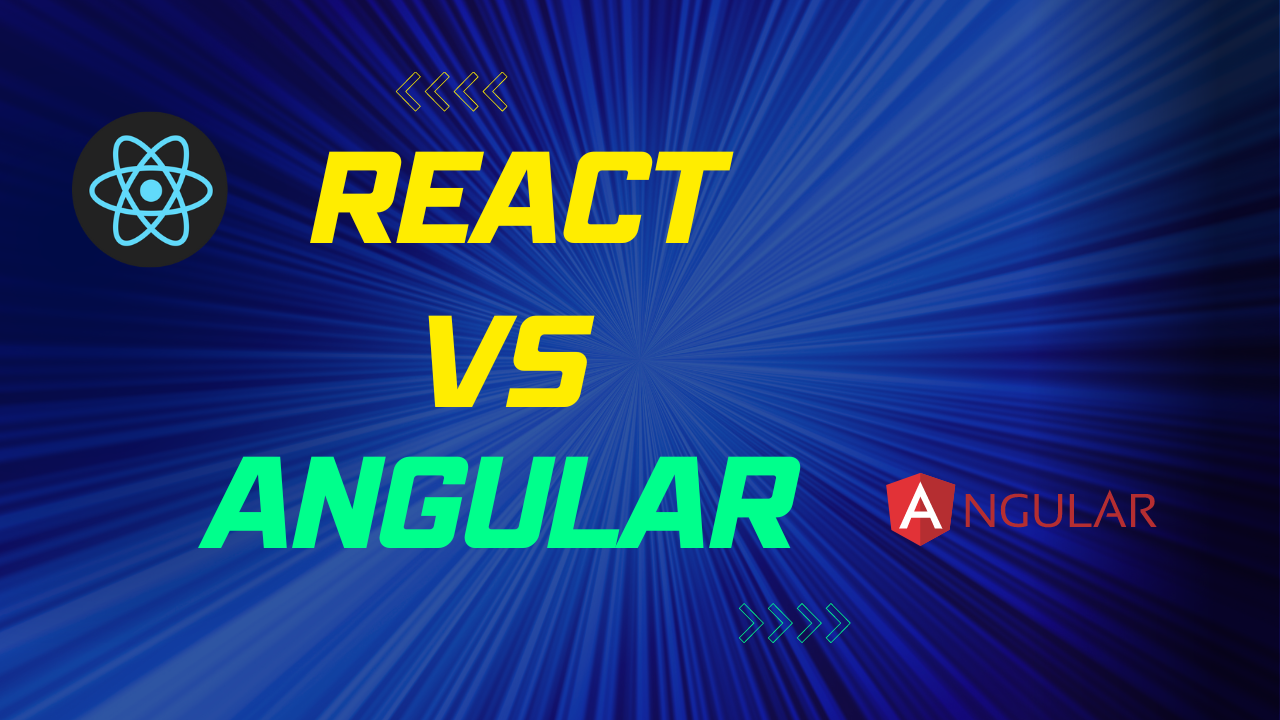A self-taught software developer or a degree-certified developer?
Watching your friends or relatives earn handsome with technology, you might want to know the secret.
You might be wondering to start learning the new course or may be eager to know the right platform to start with after your Class 12th. Today, learning online from text and videos is quite easy. There is a plethora of content available on the internet that can help you learn programming language and tech skills.
It is also imperative to know that technology companies care less about a computer science degree, what they care about is your coding abilities. How well you can collaborate in a team environment and build software.
The basic requirement to become a self-taught software developer, one needs
- ?Computer and an internet connection
- ?Discipline and commitment to practice daily.
Choosing a niche
Choosing a niche tip to become a self-taught software developer is choosing a niche that attracts you the most. You must be ready with the specific subject you want to specialize in. Specialization in front-end and backend brings efficiency. Once you are sure about the niche, you must go a step forward and choose a tech stack.
Take it this way,
Suppose you choose to learn frontend development. Then you further have to choose among HTML, CSS, javascript, and React. React development is today’s most trending language that can help you earn goo.d mount and give you the title of expert react specialist.
As you specialize in the front end, you can further take a dip at backend technologies like Node js and Python.
Choose a Platform
Keeping your feet in two boats can certainly drown you. It’s better to be specific. Learn from one platform. Don’t jump from one tutorial to another. It is important to stick to one platform and then continue the learning journey thereon. Finishing a curriculum one platform will ensure that you covered everything witha a pace and it is certain to make progress.
You may go on practicing and switch to another platform once you wrap up with one platform
Some of the most promising online content is from
- ???Free code camp
- ???Khan Academy
- ???Udemy
Be an active learner and follow along. All of the above have detailed outlined courses available in the form of text and videos. Once you complete the curriculum, get ready to work on varied projects to build your portfolio. The self-taught software developer must have a diverse portfolio that must speak for itself.
Preach Consistency
You chose the niche as per your interests. You chose the platform and the language as per your likings and trends.
What’s important now is to follow the path sincerely. Being consistent is the most important bleak line that can help you cross the border and reach the land of specialization. Make your hands dirty with almost all the problems and practice hard. Consistency helps maintain the momentum thus escalating to the final goal of success.
Try to improve and learn just a 1% extra from yesterday. Focus on quality and not quantity. The concrete mindset can reap results worthy. Learning is a lifelong perpetual journey. One must try to learn and evolve. Master your craft and showcase your skills to become a self-taught software developer.
Practice and learn
You cannot make mistakes until you do it yourself. Aim to take every case and work with the actual code. Building real projects will give you better insight into reality. Take them as your exams and record your progress.
Moreover, it is advisable to write your own code and add them to your Github account. You won’t believe it, but such codes will later on act as the foundation of your resume. Further, add these projects under the portfolio page of your website.
Each and every problem where you get stuck will give you a new adventure ride in the realm of coding. Practicing makes you learn in a better way and helps you improve your technical base.
Remember on the job interview day for the position of software developer, such solutions and your hard work are only going to add up to your confidence and make you stand the difficulties.
Connect and converse
Connecting with your seniors or friends from the same fields acts as your saviors. It is incredibly beneficial to have a strong connection with the community of such persons.
They not only act as silent motivators but also you can get the same vibe and empathize with like-minded people.
Connections can reap you wonders. You might not realize what a small relationship can do to you. Your connections can help you land the journey from a self-taught software developer to a job position in a reputed firm
Summary
A tech career is mesmerizing. When you start your career with one of the best web development companies in India, Your career graph is certainly going to have a sharp steep.
With online resources and dedication, you can follow the path to becoming a self-taught software developer.
Further, it is all about selecting the framework and platform which can change your path of work goal. Be consistent and work with dedication.
If you put in the work, build projects, keep improving, and share what you are doing with other people, you will start a promising career as a software developer in no time.
















